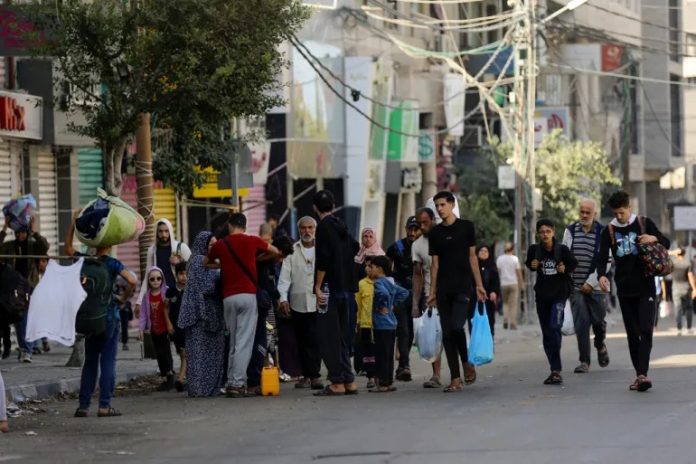Radiance News Service
Nov. 9, 2023
Israel has agreed to daily four-hour humanitarian pauses in the fighting in northern Gaza, the White House National Security Council spokesman John Kirby confirmed on Thursday. An Israeli official also confirmed the four-hour daily pauses, according to CBS News, saying the reprieves are meant to allow people to move to the south of Gaza. However, it has to be noted that even the region south of Gaza has not been safe from Israeli attacks, thus raising questions over this humanitarian pause.
Kirby announced that Israel has informed the U.S. that there will be no military operations in those areas for the duration of the pauses, and the timing will be announced three hours before the pause begins each day. Israel is still resistant to the idea of a ceasefire. Joe Biden, US President had demanded pauses of up to three days, but Netanyahu has refused to relent so far.
However, eyebrows have been raised globally over the vagueness of the term itself. The New York Times in a report dated November 8th argues that the term is “a vague, technocratic term apparently chosen to avoid “ceasefire,” the word mounted on posters by antiwar and pro-Palestinian protesters worldwide…Humanitarian “corridors” and temporary safe zones or ceasefires have been a controversial feature of aid delivery in war zones, including recently in Ukraine and Syria.”
The so-called pause is no real concrete solution but instead mirrors other controversial conflicts where alleged safe zones and humanitarian corridors were used by powers to isolate and corner populations, such as in Sri Lanka, where the Sinhalese army ended up cornering a large Tamil population in certain parts of the country.
Secondly and perhaps even more crucially, this pause which is allegedly meant to allow Gazans to ‘escape’ is an effective mechanism to empty out Gaza which rightfully belongs to them.
According to Oxfam, which is critical of this process, “Humanitarian corridors mean those involved in a conflict declare that a particular route will not be targeted and off limits. That could be for a short or long period.”
However, Oxfam believes there are four major problems in such a process, including their fragility, the fact that international law should itself mean that civilians are not targeted at all, not just during pauses, they can actually put civilians at greater risk and more importantly: “Palestinians have a history of being displaced since Israel was founded in 1948. Many Palestinians were forced to flee their homes to other countries or the West Bank or Gaza. Then in subsequent wars in 1967 and 1973 many Palestinians were forced to move again. Palestinians in Gaza fear that talk of forcing them into humanitarian corridors and safe zones are really an attempt to remove them permanently from their land to a new location, as has happened throughout their history – and in particular push them into Egypt.”
Globally, there has been a demand for a ceasefire. But many critical Palestinians argue that a ceasefire is not enough, nor is the return to a status quo.
Despite the immense losses, many of them have supported the resistance movement precisely to destabilize a status quo that is predicated on their dehumanization and everyday occupation. Instead, some long-term solution, such as the one-state solution which would reflect the historically independent Palestinian borders and allow Arabs and Jews to live as equal citizens under one state – Palestine – is now advocated by many.
While the current onslaught and acute violence make it almost impossible to even conceive of such a future with clarity, it is imperative that the veneer behind such moves of humanitarian pauses and corridors be understood.




